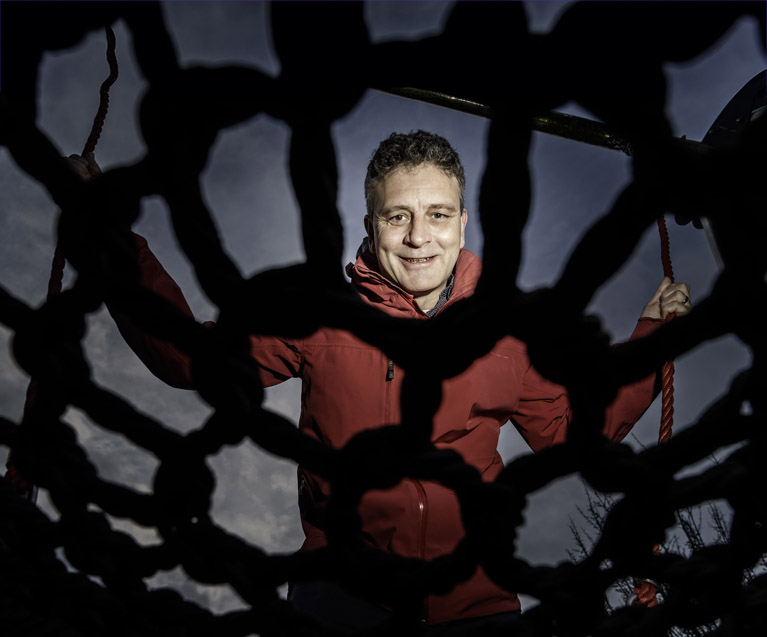
ThebreakthroughBernard Nijstad
Creativity on demand
‘I think we might have something here’, professor of decision-making and organisational behaviour Bernard Nijstad thought approximately twenty years ago. He and his then colleague, organisational psychologist Carsten de Dreu, were reading some studies on creativity.
‘Initially, it looked like people in a conflict situation, such as an argument, completely shut down’, says Nijstad. ‘They were entirely unable to come up with original ideas.’ This was in line with conventional science: creative ideas are only possible when people have complete freedom to think. That means they can’t be distracted by things like fights.
But when the pair started comparing studies, they noticed something. ‘People couldn’t come up with anything because the ideas they were supposed to come up with weren’t relevant to the situation’, says Nijstad. ‘For instance, researchers asked them for creative uses for a newspaper. But that doesn’t work. If they’d asked them for ideas to resolve the conflict, people would have been much more creative.’
Counting ideas
Can you measure creativity? ‘One option is to see how many people come up with the same ideas’, says Nijstad. ‘Take a newspaper, for instance. You can read it, wrap fish in it, or turn it into a garland. The latter is pretty creative. Another option is by counting the number of different ideas.’
For his experiment, Nijstad put people in front of a computer and made them do tasks under varying conditions. Sometimes the task was particularly limited, other times the participants had all the freedom in the world. He then counted how many different ideas came out of each situation.
It turned out there are two different ways to be creative, and they’re triggered by two different situations. The first system is intuitive and fast, as long as people get a lot of freedom. The second system involves working systematically and persisting. ‘In other words, either take a walk in the woods and let your thoughts come freely, or sit down, get to work and keep going’, says Nijstad. ‘Both ways work.’
However, Nijstad doesn’t know if these are the only two ways in which people can be creative. Perhaps there’s a third method that lies somewhere in between the two. ‘But at least we know that a combination of freedom and limitations in a person’s thought process can help.’
Pairs
Even though Nijstand and De Dreu’s conclusion flew in the face of conventional ideas, he’s had very little resistance from fellow researchers. ‘It was difficult to translate the concept into something that could actually be studied, though. I can’t look inside people’s brains, so it’s difficult to prove if they’re actually doing any creative thinking.’
Anyone looking to start brainstorming in an effort to come up with creative ideas might benefit from some of Nijstad’s tips. ‘Do it in pairs. It will mean a minimal disruption to your thought process while you still reap the benefits of working with someone, because you keep each busy with your creative ideas. You can also get together with a big group and start brainwriting: writing down ideas that you then give to each other. That also leads to minimal disruption.’
However, it is a myth that people can be creative in isolation. ‘You need that occasional input from your surroundings. So many people think that Einstein came up with the theory of relativity all by himself, but he had a lot of input from his friend, mathematician Marcel Grossman. Besides, you won’t get very far in academia without looking at the theories that people before you came up with.’